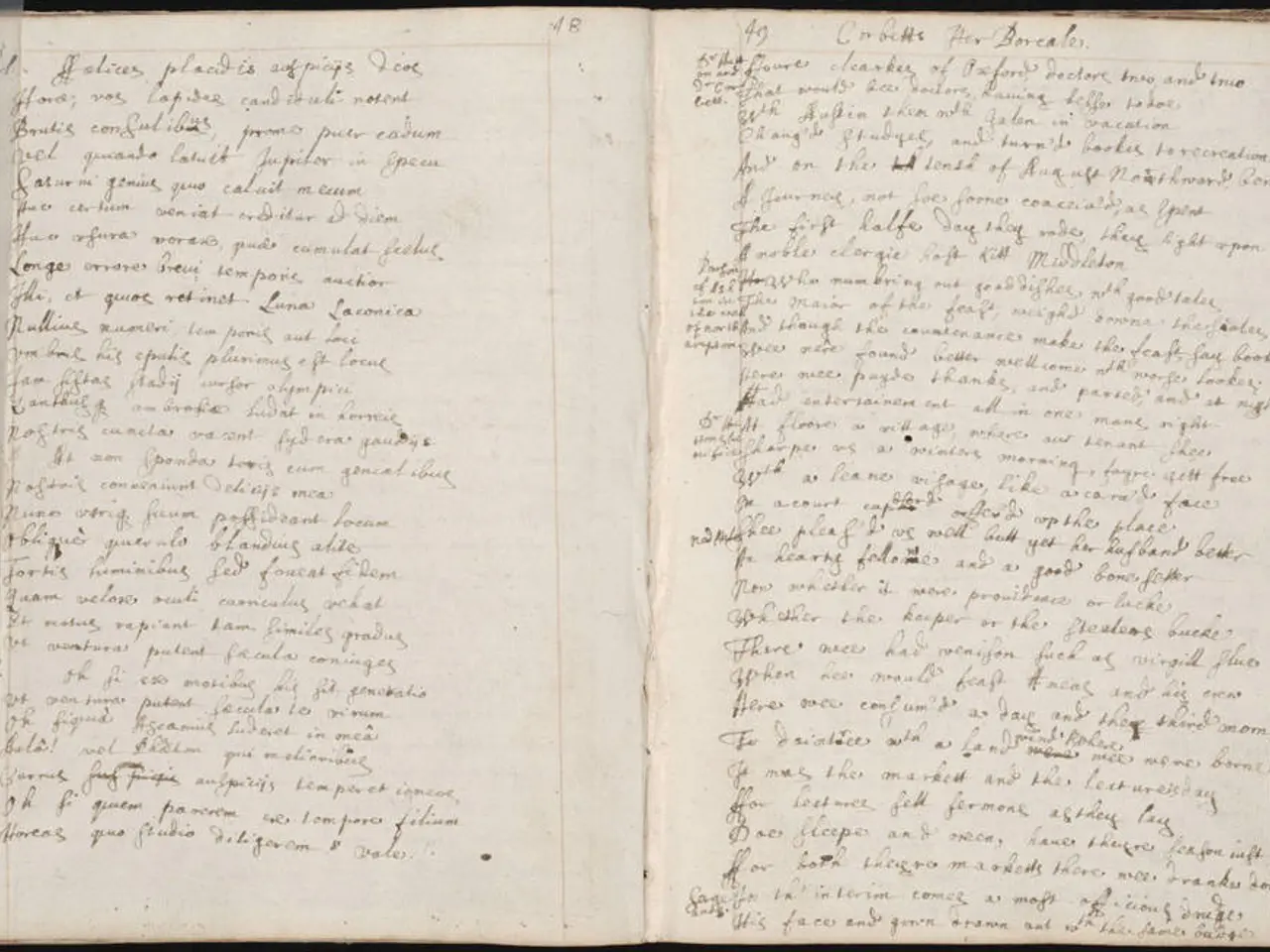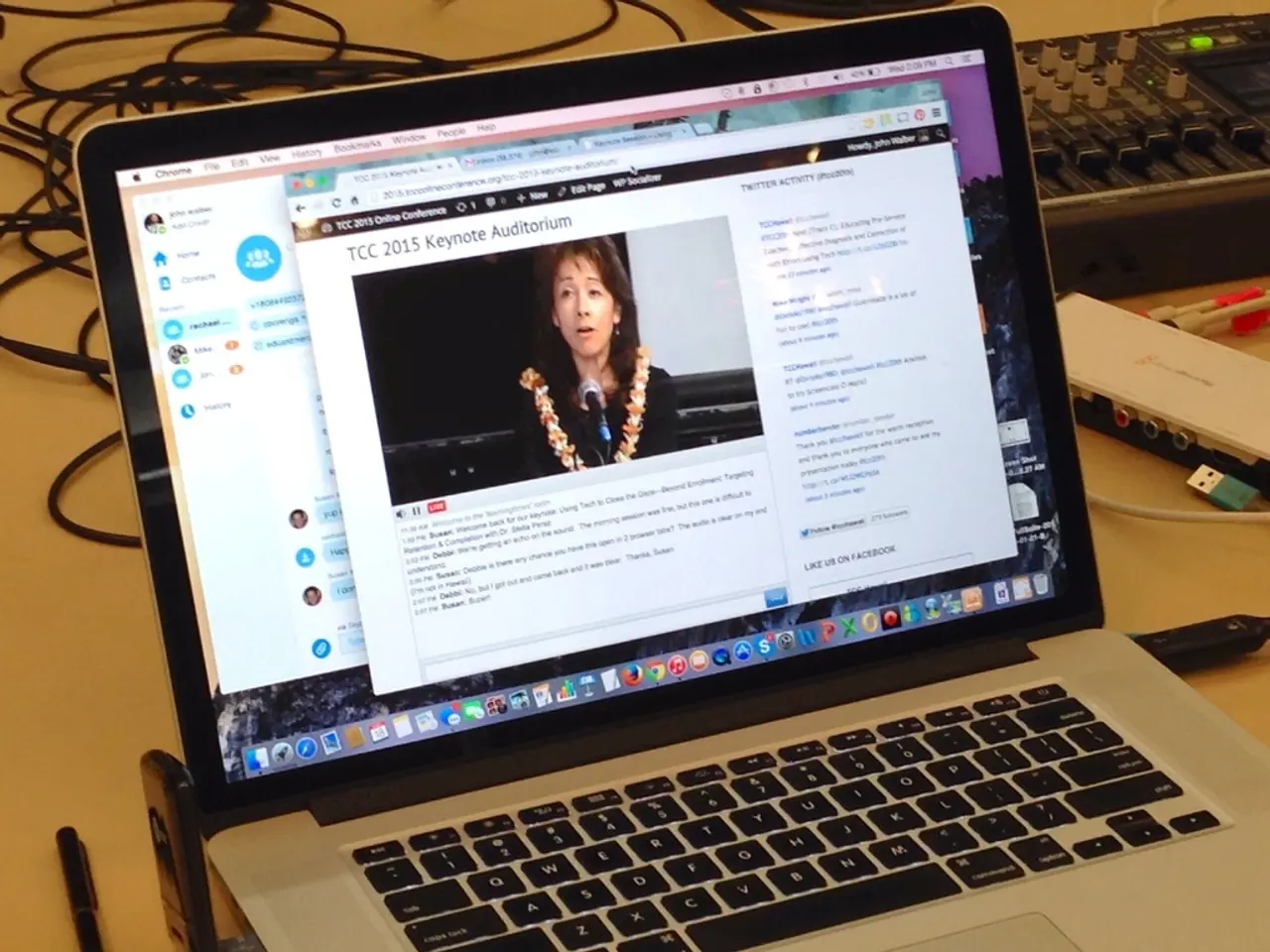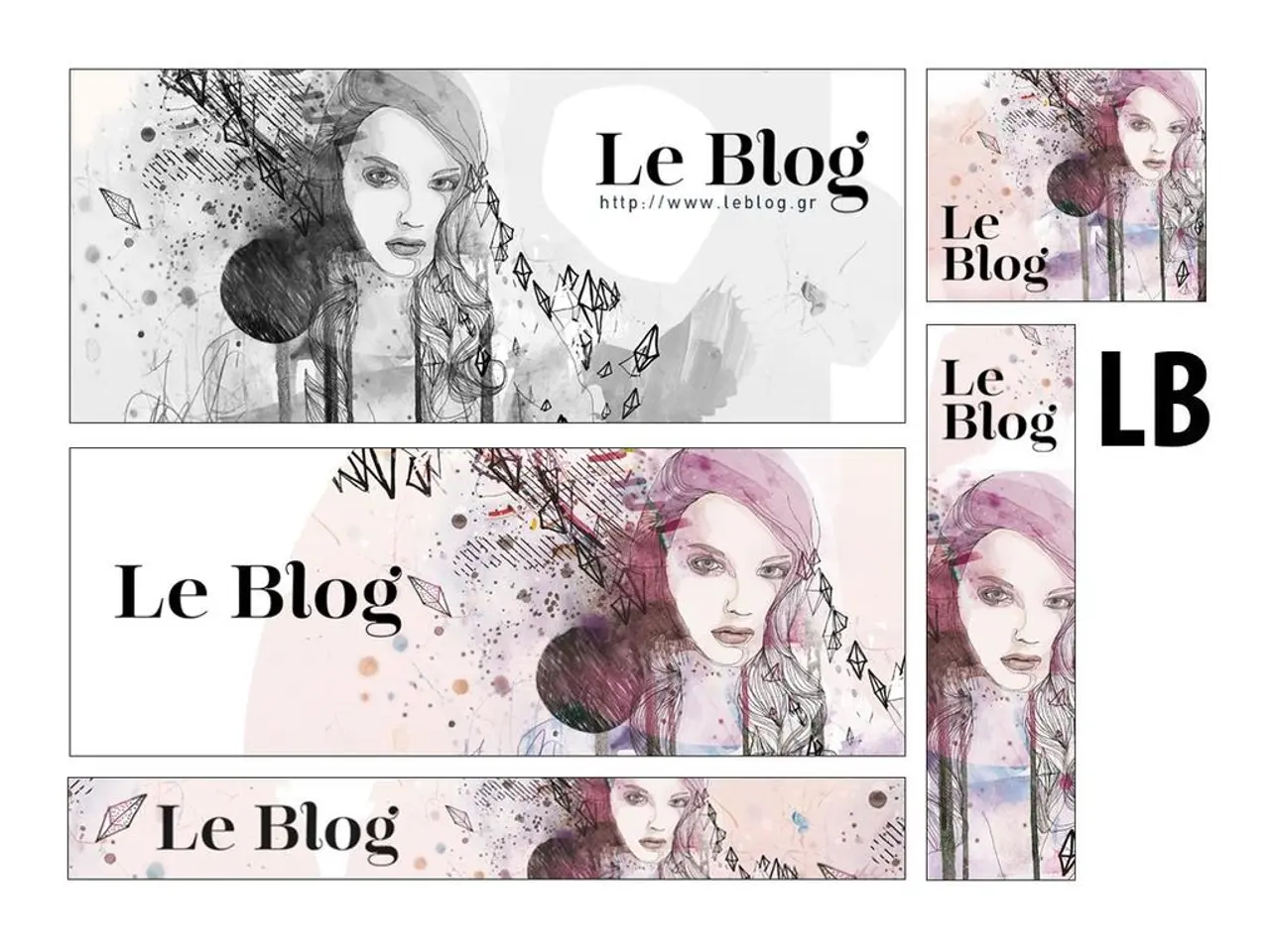Digital Literature Shaping How We Consume and Compose Texts
In the digital age, the landscape of reading and writing has undergone a significant transformation, thanks to the rise of eBooks. Paul Mason, in an article for The Guardian, discussed this shift, predicting changes in both reading patterns and novel writing styles.
Changing Reading Patterns
Reading patterns have evolved as a result of eBooks. Readers, particularly young individuals who prefer reading on their cellphones, often multitask with work emails or online activities. This multitasking can lead to shorter attention spans due to the multiple purposes of digital devices, resulting in more skimming and potentially reduced information retention compared to print books [1]. Interactive elements in some eBooks, while designed to engage, may further distract, pulling readers out of the narrative with animations or clickable features [1][3].
However, eBooks also offer greater accessibility and instant availability, enabling reading anytime and anywhere, which can increase reading frequency and personalize the reading experience [2][4]. New strategies are emerging to help readers maintain focus and motivation despite digital distractions [5].
Adapting Novel Writing Styles
The rise of eBooks and digital reading platforms has encouraged authors to experiment with interactivity, multimedia integration, and nonlinear storytelling to take advantage of digital affordances [3]. Enhanced eBooks can include hyperlinks, pop-ups, and embedded media, changing how stories can be told and experienced. This evolution may prompt novelists to adapt narrative techniques to cater to the digital consumption habits of readers, who might prefer shorter, more engaging, or exploratory content. However, this can risk reducing narrative depth and continuity.
A Challenge for Writers
Mason asserts that life itself has become more immersive, posing a challenge for writers to create equally immersive experiences in their novels. The Blooming Twig, an independent, boutique publishing house that supports adventurous literary tastes, is one example of an organisation that is adapting to these changes.
The shift towards eBooks has been met with criticism in the literary world, with concerns about the loss of immersiveness in digital reading. Naomi Baron reported a change in reading patterns in her book "Words OnScreen," while Jillian Casey, who has a well-worn copy of Jane Austen's "Pride and Prejudice," laments that reading beloved stories in electronic form makes it impossible to perform the action described with the physical book.
Despite these challenges, popular novels now have a high degree of writerly craft, blurring the lines between categories. Mason discusses this changing nature of novel writing in the digital age, highlighting the need for authors to adapt and innovate in order to capture and hold the attention of readers who are constantly bombarded with alternatives such as video games, movies, and social media platforms like Facebook and Twitter.
[1] "Reading in a Digital Age: The Impact on Cognition and Comprehension" - Mangen, A., Velmans, M., & Visser, J. (2013). [2] "The Effect of e-Reading on Reading Engagement and Reading Comprehension" - Reimer, K. (2011). [3] "The Rise of Interactive Fiction: A New Era for Storytelling" - Lupoff, J. (2016). [4] "The Personalization of Reading in the Digital Age" - Schwartz, R. (2015). [5] "Strategies for Maintaining Focus and Motivation While Reading eBooks" - Smith, E. (2018).
Technology influences both reading patterns and novel writing styles in the digital age. Multitasking readers frequently engage in activities other than reading on their digital devices, potentially leading to shorter attention spans and reduced information retention. Meanwhile, the rise of eBooks encourages authors to experiment with interactive elements, multimedia integration, and nonlinear storytelling to better cater to readers' digital consumption habits.




